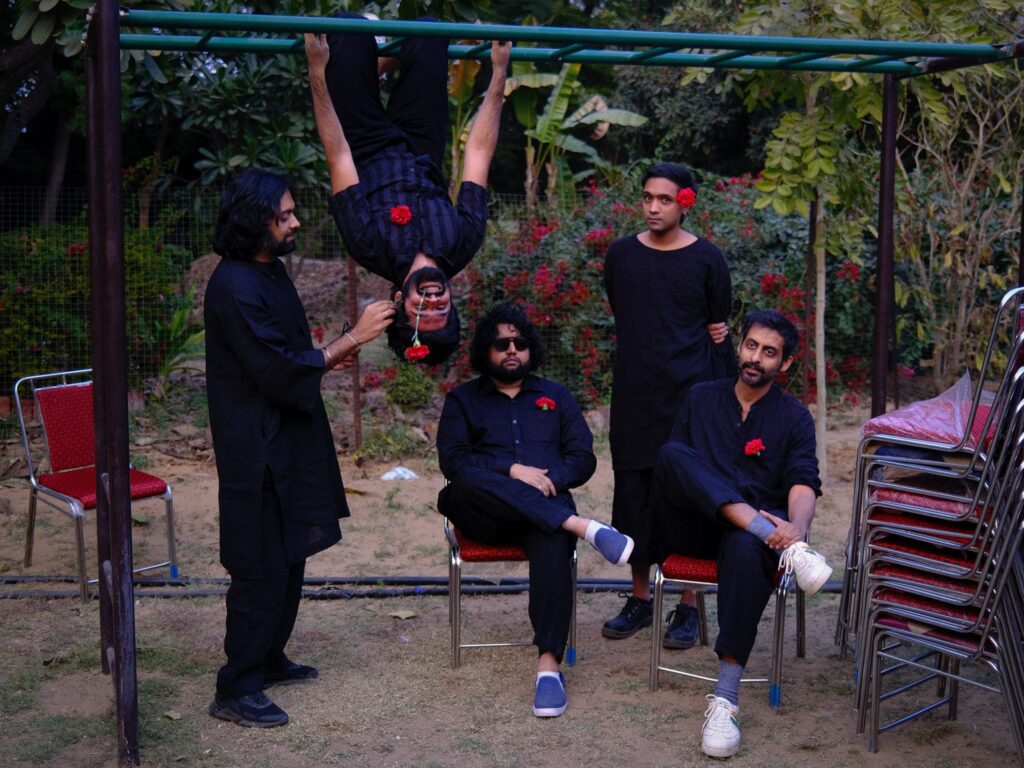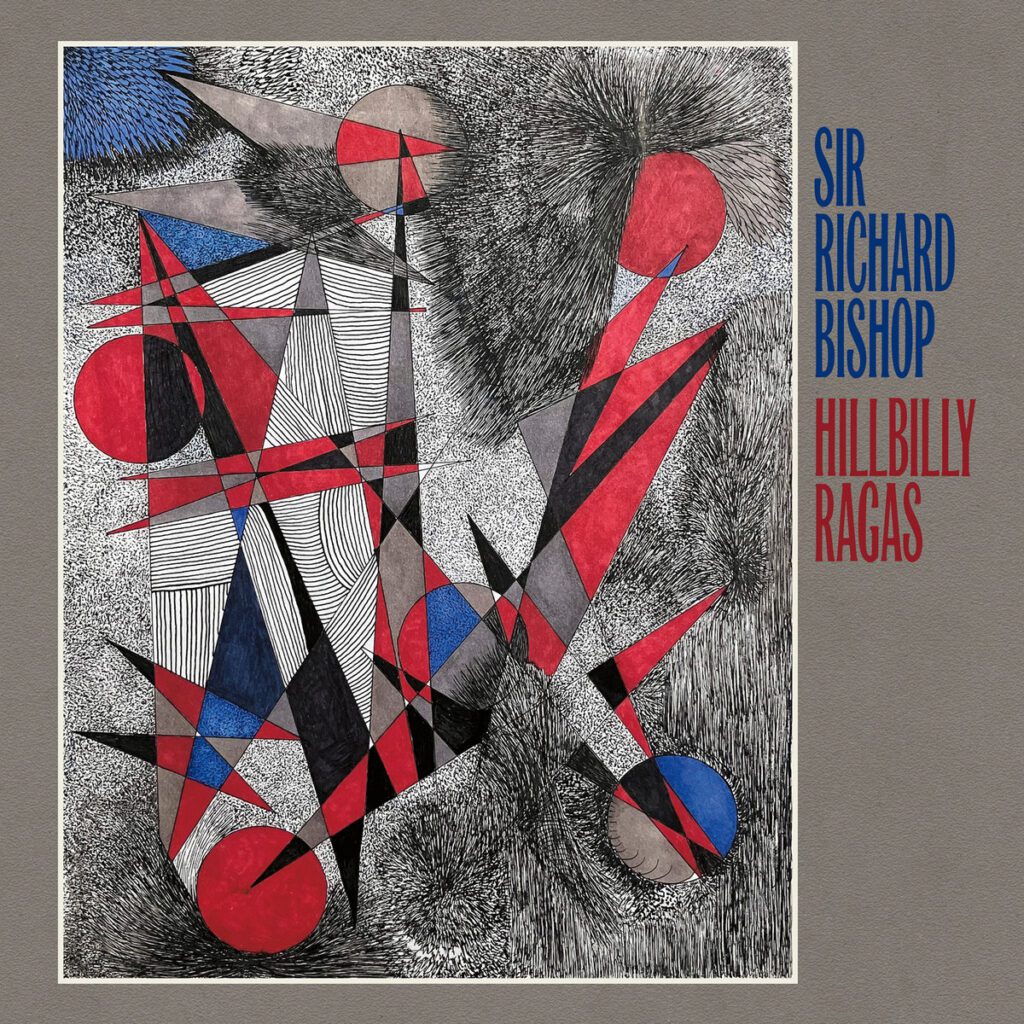
Delhi is not for the faint of heart. First-time visitors to India’s capital are likely to be struck by just how loud the city is. The streets are swallowed by drivers constantly honking, wielding their vehicle’s built-in instruments not for road rage but to indicate their movements the way we might use turn signals. While dodging the traffic you will simultaneously face interruptions by vendors hawking, at dirt-cheap prices, the unsold surplus of goods “Made In India” (but still inflated from what you can get them for if you have the stomach to haggle). Dense clusters of temples cater to dozens of religions, each performing their own sacred rites across idiosyncratic hours of the day, meanwhile shopkeepers who are unable to attend in person play pre-recorded recitations on portable radios. Kids lighting firecrackers, street monkeys howling from the trees, oil sizzling upon the entry of ready-to-be-fried bhaturas – all of it comingles into unpredictable urban melodies.
Once you settle in, it’s remarkable just how quickly your senses dull to what was once overwhelming. As all the bursts of sound flatten into a continuous buzz, it becomes easier to tune into the country’s natural rhythms. It’s this hum of daily life that animates the music of Peter Cat Recording Co., a group of Indian musicians who have spent over a decade releasing casually ambitious yet immaculately executed art rock. Across six albums, the band has touched on everything from big band and jazz-hop to synthesizer-bleeding indie pop in their formulation of a signature blend all their own. Consistent across every permutation of their work is the sonic currency of their cacophonous residence.
“Delhi is a very noisy place. There’s always some sort of ambient music happening in the air,” singer and guitarist Suryakant Sawhney told me, digitally flanked alongside the talking heads of the rest of the band. “There’s a lot of noise in our music that isn’t necessarily planned because we don’t do our stuff in studios.” Yet the distinguishing facet of their music is not the specific sounds that seep in but the spirit that runs through them. “If you walk around India, horns are performed as part of wedding ceremonies or religious rituals, and nobody really knows how to play anything in a sort of sophisticated manner,” Sawhney observed. “There’s this rough edginess to it which isn’t precise, and we love that.”
A prime example of the band embodying this amateurish artfulness is the opening track of their most recent full-length, 2018’s Bismillah. Birds chirp over the clicks of the band setting up, the avian choir so closely mic’d they sound like they’re all competing to catch airtime. After a minute of churning, Sawhney unfurls his acoustic guitar like a novel opened back to its bookmark, time passing as he gathers accompaniment in a wobbly bass, plucky keys, and communal handclaps. The cumulative effect is gentle but immersive, like you’re sitting with the band on a hot summer afternoon with nothing but runway ahead for your day.
All of Bismillah sparkles with this easy confidence. Shuffling guitar licks and triggered vocal samples give “Memory Box” a disco-like strut, while the magnetic brass cloud of “Floated By” just coasts. The few moments the album feels labored over rather than a product of divine effortlessness, the band sticks the landing. “Vishnu 3″ builds patiently and deliberately by stacking an arpeggiated riff and staccato percussion reminiscent of Deerhunter, whereas “Heera” goes a bit more Arctic Monkeys in its sultry swing and spiritual desperation.
[embedded content]
Their playful intuition belies their time spent as an anomaly cutting their teeth in the trenches of their country’s undeveloped independent music scene. As Sawhney explained, “There isn’t really an infrastructure for being an indie rock band in India,” before multi-instrumentalist Kartik Sundareshan elaborated, “Around here clubs open and close really quickly. So you’re kind of in this circuit of people just trying to find new venues all the time. The older clubs we played like five years ago, they’re shut now. They shut down even before the pandemic.”
With limited spaces to perform, there was little by way of like-minded peers Peter Cat could foster a scene alongside. “There are so few bands in India that actually make a living out of being musicians making their own music,” Sawhney said. “The market for a band is there, but for a band to reach a point where they can be heard by enough people, this takes so long and so many resources that it is just really difficult for about 95% of bands to figure it out.” He paused, then added: “And I think we are probably one of the last few bands remaining in India.”
“Ultimately it’s a matter of economics,” Sawhney sighed. “Being a band is basically not a great economic decision.” When I ask why they proceeded to pursue this profession, Sawhney shrugged, “We aren’t businessmen.”
“We try to find the balance for how to have a sustainable life, but we also have this need to do this to some degree, which keeps us going,” he elaborated. “And every year it feels like, you know, it might just flop this year, and then something happens and it sort of grows a little bigger. And this keeps pushing you.”
[embedded content]
“A little bigger” feels like an understatement to describe this past few months, in which Peter Cat announced their first ever North American tour — launching this Tuesday in Montréal — and then proceeded to sell out nearly the entire run, with several venue upgrades and second nights added. This will be the band’s longest trek to date, and while they are currently writing new music, they plan to keep the setlist focused on their existing songbook so fans that have long waited for them to perform in the country can hear all their favorites.
At a show earlier this month outside Delhi’s Dhyan Chand National Stadium, performing as part of “India Cocktail Week”, the band cultivated a large crowd of the enthusiastic young professionals that make up the new New Delhi. The set primarily drew from Bismillah and its predecessor Portrait Of A Time: 2010-2016, a throat-clearing compilation and commercial breakthrough for the band. Released in 2018 by the boutique French label Panache, the record strung together nine singles from a prolonged and tumultuous embryonic period in the band’s career. It’s a remarkable document of their range, suggesting several possible paths they may have chosen before they ultimately decided to execute on all of them at once.
On songs like “Flies,” tumbling drums hold down muddy lounge pop, stretching out over six minutes to spin a restless tempo into something ultimately meditative. Elsewhere, Peter Cat lean hard on the wayward psychedelia underpinning their origins – Sawhney decided to form the band during a spiritual experience in San Francisco – as on the instrumental cacophony of “Bebe de Vyah.” But they can also tap into their pop instincts when called upon, landing somewhere resembling the Strokes doing cabaret on Portrait Of A Time‘s jaunty title track and “Copulations.”
[embedded content]
Salvaging the strongest cuts from several projects otherwise fated to be lost to self-released obscurity, Portrait Of A Time simultaneously came across as a debut and greatest hits, and it allowed the group the proper sendoff to their past so they could move forward unencumbered. Since then, the lineup has solidified, with Sawhney and Pillai joined by Karan Singh on drums, Dhruv Bhola on bass, and Rohit Gupta on keys and trumpet. “Once the five of us got together, it felt like the most appropriate version of this band,” Sawhney said. “This is the final form, like a Super Saiyan transformation kind of thing. I think we created a nice family vibe out of it.”
Bismillah turned all those individual sounds demonstrated on Portrait Of A Time into a single entity, a multi-pronged prog pop that I best described to my cousin accompanying me to the show in Delhi as “Yo La Tengo making Songs About Jane.” The omnivorous presentation is part of the band’s raison d’être. “Old Bollywood music is a huge influence on all of us, and Bollywood music in that time took so much from around the world. It’s sort of like what K-Pop does now, where there is no genre to follow,” Sawhney said. “We very much try to make each song its own self-contained universe, with a completely different set of rules and ideas. I think that’s the underlying philosophy beneath all of our songs.”
However, the band suggests that this wide range comes from a fairly narrow source. “The limitation of how we can play our instruments adds to the music. There’s no Joe Satriani in the band,” Sawhney said. “We just know around six or seven notes, and we just kind of do that pretty much,” Sundareshan joked.
[embedded content]
“I think more than any specific music necessarily, we are inspired by the ethos, or the sort of culture of being a band,” Sawhney reflected. He cites the Velvet Underground and Neutral Milk Hotel as formative, not only for their sound, but for being emblematic of a distinctly American do-it-yourself ideal. “While I know albums are sort of dead, there’s always this desire to make this sophisticated long form sort of thing,” Sawhney stated. “Like literature or something. What are we adding, not just to a specific genre, but to the entire universe of music in the world?”
There’s a very Western approach to their sentiments that feels informed by growing up on the early 2000s rock revival and the romanticization of an artistically pure New York. But the band wears these lofty ideals better than most, pursuing their ambitions with a sincerity of purpose that feels ready to be revitalized in an era that has largely lost that style of rock star. Of course, I can’t remember any band they mention as an influence performing with a harmonium onstage, and it feels inspiring to watch a group of Indian musicians so seamlessly blend their upbringing into their admiration of a culture they came up with from afar.
Yet Sawhney pushed back on my characterization. “We don’t necessarily wanna represent brown bands,” he hedged. “We all grew up listening to the Beatles. I don’t give a shit that they’re white or their British. Their music is just really good, and I feel it. I think that is the purest communication we are looking for – to be able to look past identity. It’s not to showcase it, but more like, I want to hear what’s new. I wanna taste this thing. It’s different and I don’t care where it’s from, but it’s something else.”
“I think we would love to represent the spot on the planet from where a sound comes,” he allowed. “And people from around the planet can identify with it regardless.” That vision is becoming a reality, and people all over the world are resonating with the band’s transmission from a more bustling corner of reality. Although the band members are only now being allowed the opportunity to commute their music from across the globe, these songs crossed those borders long ago.



